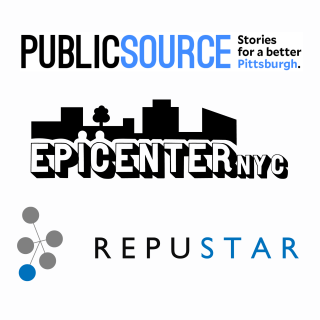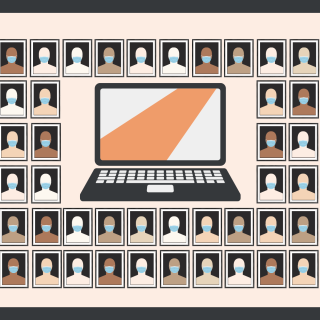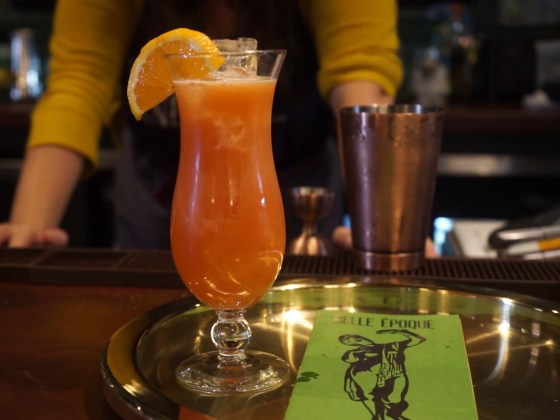Mambo Sallie Ann Glassman does not fit the bill of the average New Orleans Voodoo high priestess. She’s white, Jewish and from New England. Glassman admits she’s a controversial figure in the Voodoo community.
“Some people think I’m just terrible and very threatening to Voodoo’s history and traditions,” Glassman said. “Other people totally embrace what I’m doing, including many, many Haitians and feel this is how Voodoo stays alive and stays relevant.”
The controversy is not just about her background. As a vegan she does not kill, sacrifice or eat animals, which is a tradition in the Voodoo community.
“I don’t think it’s necessary,” she said. “Spirits have offerings that please them and I check in with them, but I believe that animals are conscious beings that feel terror and pain.”
Glassman moved to New Orleans in 1976 and traveled to Haiti in 1995 at the invitation of a neighbor. He wanted Glassman to witness a Voodoo ceremony at a temple where he was involved. At the same time Glassman received a call from a man in Haiti who told her he “talked to spirit” and believed that Glassman should initiate instead of just observing the ceremony.
“I met this man that truly changed my life,” she said. “He was just a magnificent old man full of knowledge and just the real deal.”
Glassman came to learn about the religion from this mentor she eventually called “Papa.”
Glassman believed that she had found a community in Haiti that she could communicate with through song and dance even though she spoke no Creole at the time. As she educated herself about the religion, it inspired her to look at her internal struggles and put them in the context of how Voodoo was developed from enslaved people.
“These people were enslaved, and I’m sitting here worrying about the chains that I put on myself that I could take off at any point,” Glassman said.
The origin of New Orleans Voodoo traces back to enslaved people combining their beliefs with the majority Catholic population present at the time in the Crescent City. Glassman believes that it was Voodoo that helped transform enslaved people’s suffering into strength.
“You can imagine that if enslaved people were able to have access to an invisible world of power, that was pretty frightening to slave owners.”
According to Glassman, it’s the slave owner’s perspective that can be traced back to the origins of the misconception that Voodoo is evil and harmful. She acknowledges that there are bad people out there with bad intentions but the practice and religion itself is “absolutely beautiful.” She offers public ceremonies throughout the year to educate the community and get rid of the negative connotations surrounding the religion.
Before she began to study Voodoo, Glassman was an artist who saw great detail and movement in nature and in the physical world, but when she started to explore Voodoo, she felt that her whole world had deepened with the spirits of the Loa.
“The world becomes more alive, it becomes more intelligent.” She said. “To me it’s all intelligent energy, it’s all an aspect of God’s life force that surrounds and contains us.”




